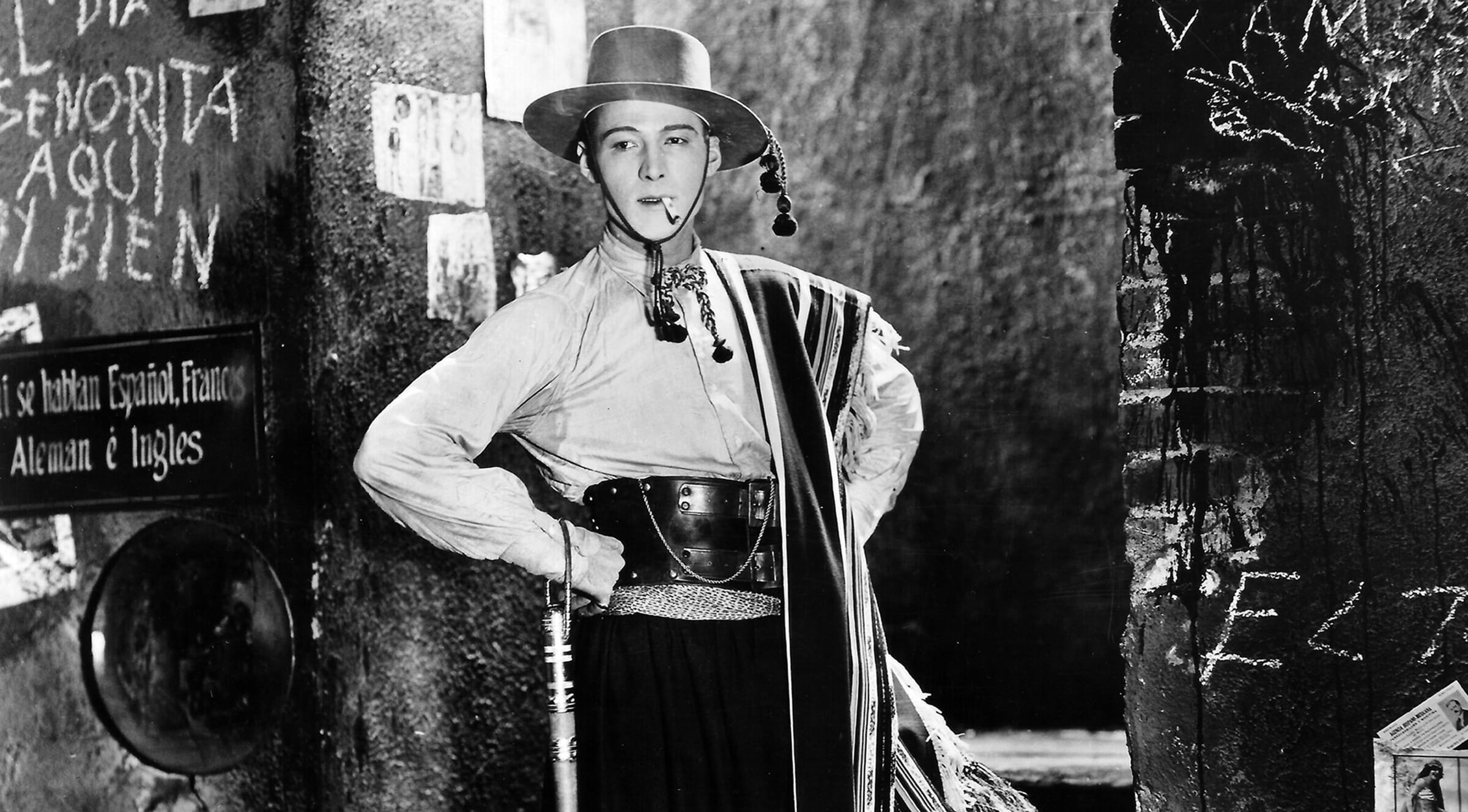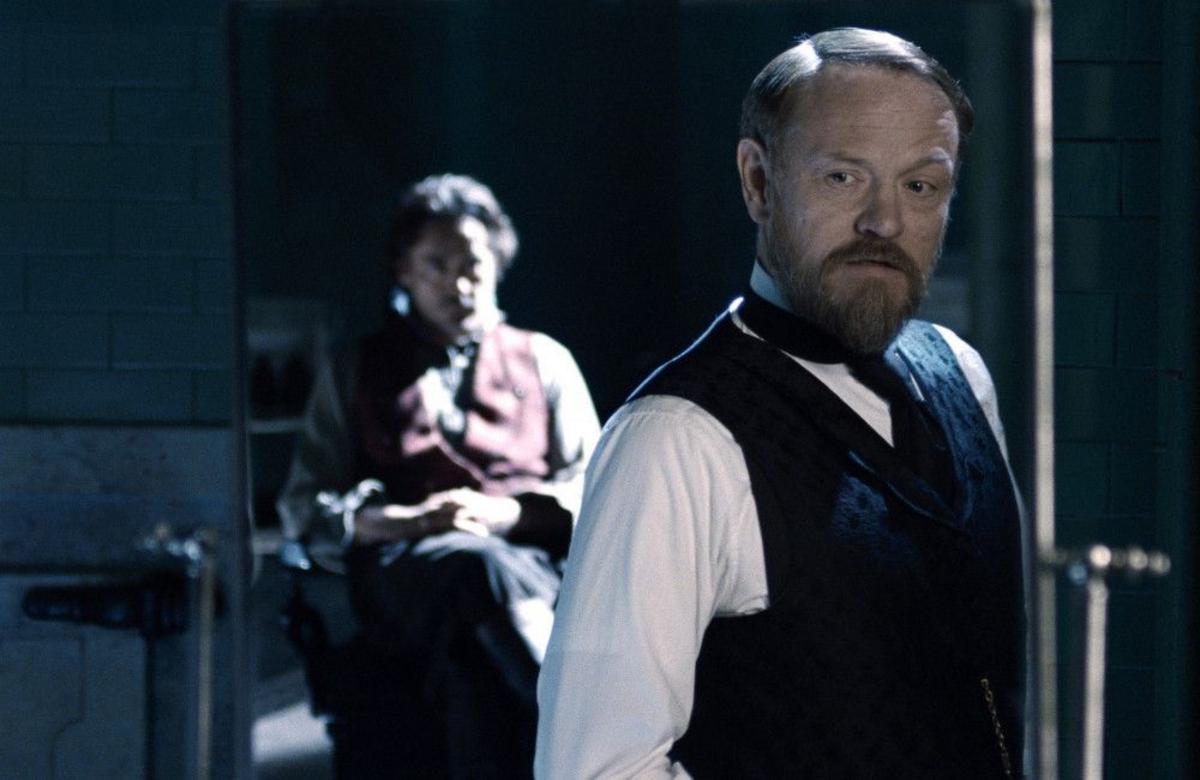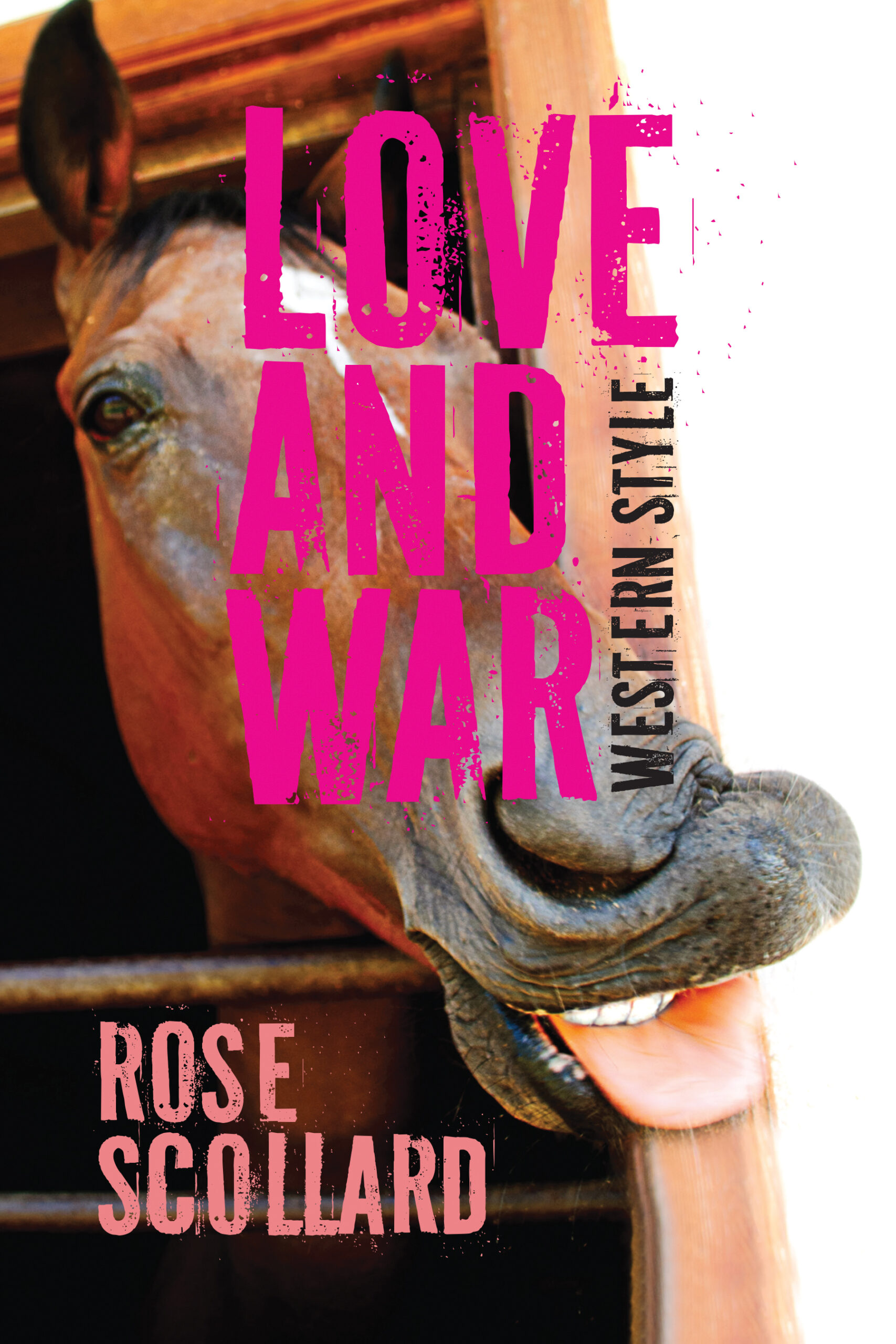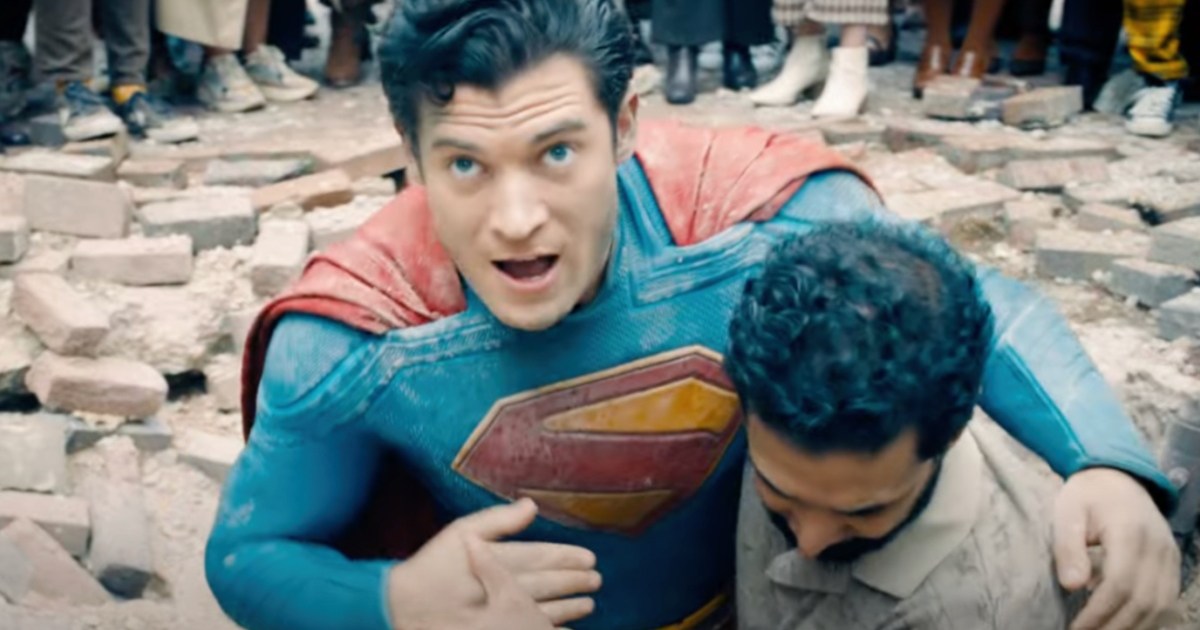A monumental epic from the silent film era, director Rex Ingram and screenwriter June Mathis’ 1921 adaptation of Spanish author Vicente Blasco Ibáñez’s novel The Four Horsemen of the Apocalypse is noteworthy for several reasons, even if it doesn’t get a lot of the credit it’s due in the modern era. A runaway success at the box office (either THE highest grossing silent film of all time or at least one of them, depending on whose reports you base your research on or what level of inflation you choose to apply), The Four Horsemen of the Apocalypse launched heartthrob Rudolph Valentino to stardom. It was also written by the person who discovered Valentino, someone who would go on to become one of the most powerful and influential women in Hollywood history.
But perhaps most poignantly and historically significant, The Four Horsemen of the Apocalypse is a staunchly anti-war movie that depicts a global conflict the world hadn’t yet moved on from; picking at fresh wounds and depicting the toll of World War I as appropriately widespread and wholly debilitating. Both Ibáñez’s book and Ingram’s film predate the publication of Erich Maria Remarque’s landmark novel All Quiet on the Western Front by several years, although the German veteran’s bleak recounting of the war is often cited as the seminal text on the matter. Not that being one of the first makes The Four Horsemen of the Apocalypse a slouch by any measure. In fact, there’s an immediacy to Ingram’s film that makes it one of the most potent epics of that or any era.
Now available on Blu-Ray from Warner Archive – remastered from a 1993 restoration carried out by Photoplay Productions, in conjunction with Turner Entertainment and Film Four – The Four Horsemen of the Apocalypse is a generational epic that starts well before the war begins, with immigrants to the New World being slowly drawn back into Old World conflicts. Patriarch Julio Madriga (Pomeroy Cannon) left Europe to find success in Argentina as a ruthless businessman, eventually becoming the wealthiest man in the country. One of his daughters marries a German, Karl von Hartrott (Alan Hale), while the other marries a Frenchman, Marcelo Desnoyers (Josef Swickard). Julio wants nothing to do with his three German grandsons, but he dotes upon his French grandson, Julio Jr. (Valentino). But while it seems like the old man is prepping to leave everything to his namesake, Julio Jr. has been left out of the will entirely.
While the German sons all go back to their father’s homeland, Julio heads to France to lick his wounds and live the life of a hard partying libertine artist, who’s more known for his ability to tango (a Valentino specialty) than the paintings he produces. Just as the war reaches France’s doorstep, Julio becomes infatuated with the lovely Marguerite Laurier (Alice Terry). Marguerite has entered into an arranged marriage with a much older man (John St. Polis), who’s about to head off into battle. Julio has no desire to enter the fray, but when Marguerite becomes a nurse and suffers a tragedy of her own, the artist reconsiders his stance, forcing him into a battle where he very well could face members of his own family on the opposite side of the war.

It’s clear that Valentino is a star from the moment he steps on screen in The Four Horsemen of the Apocalypse. He’s good looking, charismatic, and in the silent film era, actors needed to be able to convey a lot of emotion through facial expression and body language, something Valentino would prove to do effortlessly. But this isn’t strictly Julio Jr.’s story. A lot of time is spent at the outset setting up the familial divisions that will build up as the war draws closer, portraying the Madariaga clan as one built upon a base of meanness and survival instinct. And in the latter stages, Ingram and Mathis do an exceptional job of showing the hardships faced by Marcelo, a man who had to flee France due to his political beliefs, but now must return to a country he barely recognizes anymore that’s fraught with danger. A lot of the press surrounding The Four Horsemen of the Apocalypse, both today and at the time, made mention of Valentino’s star-making turn, but the scope and breadth of the narrative and the ambition Ingram brings to the visuals are just as compelling and noteworthy.
Ingram makes as much use of colour as he can for the time throughout The Four Horsemen of the Apocalypse, including during several scenes that for a long time were missing from between the film’s initial release and the 1993 restoration, which put back into the final cut. Using desert sepia’s, stormy greys, fiery reds, and etherial violet, Ingram portrays the events in the characters’ lives as fully immersive memories and visions instead of just using an everyday standard black and white that would’ve been typical for the era. The opulence of the characters is stunningly detailed, as is the bloody harshness of the war, all captured in frame filling splendour. Even the film’s more flighty and heady asides – including visions of the titular deadly riders of the title – are afforded a level of spectacle and craft that’s impressive even when viewed through a modern lens. This wasn’t an inexpensive film to make at the time, but as the old adage goes, you can see every penny up on the screen. (It should also be noted that composer Carl Davis’ score from the 1993 restoration fits the tone of the film with pinpoint precision and emotional depth.)
And while it’s always apparent that Mathis is skewing close to the flowery prose one would find in a novel, The Four Horsemen of the Apocalypse illustrates why she was such a sought after screenwriter. Although she would pass away only several years after The Four Horsemen of the Apocalypse at the young age of 40, Mathis would end her career with over a hundred writing credits to her name. (Sadly, Valentino would actually die before the woman who discovered him and nurtured his career, passing away in 1926 at only 31.) Mathis was already power player in Old Hollywood, but the discovery of Valentino and the success of their first collaboration launched her into elite territory for a woman, becoming an executive at MGM at 35. Next to the inimitable Mary Pickford, Mathis was the most powerful woman in the industry during the silent era, and her contributions to MGM and cinema in general are legion and landmark.
Although there is some humour and a noteworthy amount of (certainly daring for the time) queer subtext throughout The Four Horsemen of the Apocalypse, it’s often remembered as a bleak depiction of the horrors of war. While many films have improved upon such sentiments in the following century and achieved better results, The Four Horsemen of the Apocalypse established a template for how such sorrowful narratives are told on screen. While many of Ingram’s scenes are purposefully and period appropriately melodramatic in the style of the era, the director never shies away from harsh depictions of hatred, prejudice, and misplaced nationalistic pride, building to a conclusion that provided one of the biggest gut punch finales ever foisted upon audiences to that point. It’s the sort of classic all other classics learn from and build upon across the ages.
The Four Horsemen of the Apocalypse is now available on Blu-Ray as part of the Warner Archive Collection.




